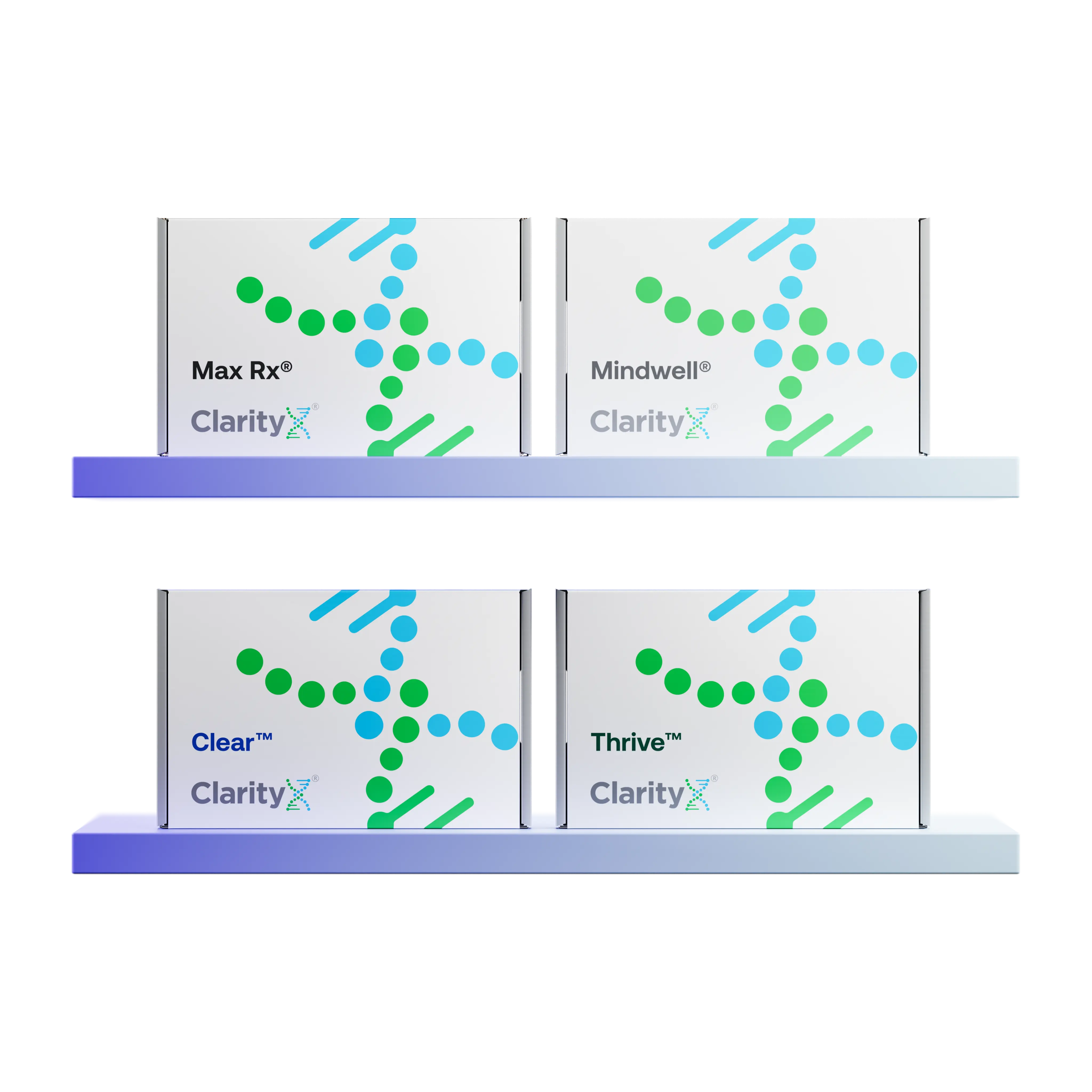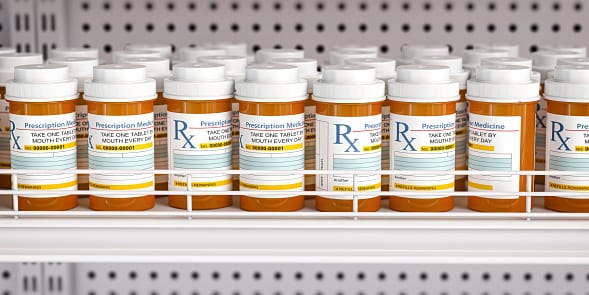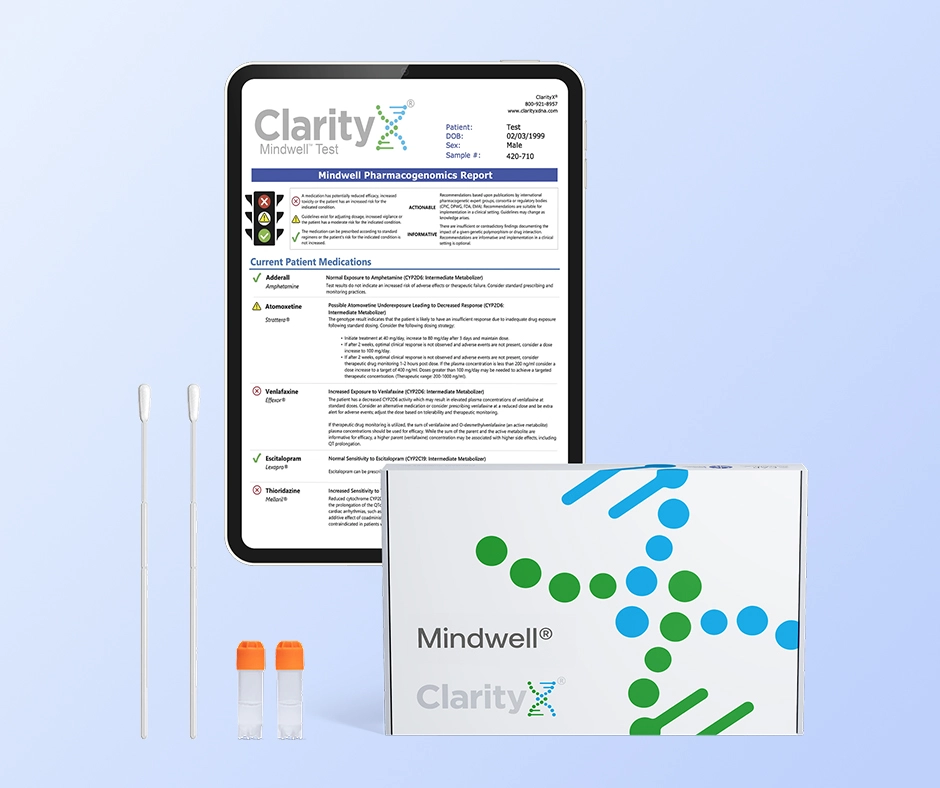Key Highlights
- Diazepam (Valium) is a common medicine used to help with anxiety and other medical conditions like seizures.
- When you take diazepam by mouth, it usually starts to work in 30 to 60 minutes.
- The effects of diazepam often last about 4–6 hours, but this can change with different people. For some, the effects may linger for longer.
- Some common side effects are drowsiness, muscle weakness, and dizziness.
- Diazepam is a controlled drug. It can lead to dependence, so using it exactly as your healthcare provider directs is very important.
Introduction
Diazepam, known as Valium, is a medicine that helps promote calm. Doctors often give it to treat different conditions, like anxiety disorders, muscle spasms, seizures, and alcohol withdrawal. Learning more about the timing of the medication’s effects in the body can help ensure it’s used safely and effectively.
Understanding Diazepam and Its Uses
Diazepam belongs to a class of medications known as benzodiazepines. It enhances the effects of GABA, a neurotransmitter in the brain that promotes relaxation and reduces nerve activity. This contributes to the effective treatment of various conditions.
Doctors often prescribe Diazepam for symptoms associated with anxiety, muscle spasms, seizures, and alcohol withdrawal. Understanding its mechanisms and uses can help patients manage their symptoms more effectively and know what to expect.
The Basics of Diazepam: What You Need to Know
Diazepam is a type of benzodiazepine medication. This group of medications is known for its calming and sedative effects on the central nervous system. In the United States, diazepam is a Schedule IV drug. This means it carries a risk for abuse and dependence.
As a benzodiazepine, diazepam helps by increasing the activity of gamma-aminobutyric acid (GABA). GABA is a neurotransmitter in the brain that slows down nerve signaling. This action gives diazepam its calming effect, which can help treat various conditions like anxiety disorders and muscle spasms.
Common Uses of Diazepam in Medical Treatment
Anxiety disorders are characterized by excessive worry, fear, or nervousness that significantly impacts daily life. Diazepam helps with these symptoms by lowering the extra activity in the brain linked to anxiety disorders.
Muscle spasms can happen for different reasons. These include muscle injuries, nerve problems, and overworking the muscles. Diazepam works as a muscle relaxant in these cases. It helps ease pain and discomfort by reducing muscle contractions.
Diazepam is also important in the management of seizures. This is especially true during status epilepticus, which is a serious medical emergency. It acts quickly to calm brain activity, helping to stop and control seizures.
The Mechanism of Diazepam: How It Affects the Brain
So, how does this medication work in our nervous system?
Breaking Down How Diazepam Works
Imagine your central nervous system as a busy network full of signals. When you feel anxious or tense, these signals become very active. Diazepam comes in to help calm this busy network.
It focuses on GABA receptors spread across the central nervous system. These receptors let GABA, which is a calming neurotransmitter, take control. You can think of it like lowering the volume on a loud radio.
By attaching to GABA receptors, diazepam boosts GABA's natural calming effect. As a result, it slows down nerve signals. This helps reduce anxiety, eases muscle tension, and creates a feeling of calm.
The Impact of Diazepam on Anxiety and Muscle Spasms
In anxiety disorders, diazepam helps calm racing thoughts. It reduces fear and worry, and may also help with physical symptoms like a fast heart rate or trembling. By addressing both the mind and body effects of anxiety, diazepam may offer significant relief.
For muscle spasms, diazepam works on GABA receptors in the nerves. This helps control muscle movement. Diazepam boosts GABA's calming effect in these areas. This reduces the extra nerve signals that cause muscle spasms, helping to relieve muscle tension and pain.
Timing and Dosage: Key Factors for Diazepam's Effectiveness
Many people who have been prescribed diazepam often ask, “How fast does it start to work?” The time it takes for diazepam to show its effects, known as the onset of action, can vary between individuals. This change depends on how it is taken (i.e., an oral tablet or an injection) and how each person’s body processes it.
The liver also plays an important role in breaking down the medication, which can impact safety. Individuals with reduced overall liver function may need a lower dose to maintain safety, as the medication can build up. Genetics can also play a role, as genes can define the activity of liver enzymes like CYP2C19, which is involved in processing diazepam in the body.
How Quickly Does Diazepam Start Working?
The onset of action for oral diazepam is usually between 30 and 60 minutes. This means it takes about this long for the body to absorb the medication and for the effects to start showing. However, this timeframe can change a bit based on different factors.
Things like metabolism, age, weight, and the dose of diazepam taken can affect how fast it works. For instance, a person with a faster metabolism might feel the effects sooner than someone with a slower metabolism because diazepam is partially broken down into active metabolites.
Dosage Guidelines and How They Affect Onset Time
The appropriate dose of diazepam may vary depending on several factors, including the condition being treated, the individual patient, and the specific type of diazepam prescribed. It is crucial to adhere to the prescribed dosage and follow your healthcare provider's instructions.
Taking a higher dose of diazepam might seem like a quick fix for relief, but it will not make it work faster. The body needs time to absorb the medication. Taking more than the recommended amount can cause negative, potentially dangerous effects.
Side Effects and Safety Precautions of Diazepam
Diazepam can be helpful, but it may also lead to side effects, which can range from mild to severe. These side effects depend on the individual, the dosage, and other factors. Being aware of these side effects allows people to seek medical assistance quickly if necessary.
Navigating Through the Common Side Effects
Common side effects of diazepam include:
- Drowsiness
- Dizziness
- Fatigue
- Muscle weakness
Since diazepam is often used as needed when symptoms arise, it can be helpful to be aware of the side effects that may arise after each dose. Balancing safety with treatment efficacy is critical, and talking with your healthcare providers about how you’re feeling is important.
At times, diazepam can be associated with more serious side effects. These can include confusion, slurred speech, loss of coordination, tremors, or trouble breathing. If you have any of these symptoms, getting medical help right away is very important. They could be signs of an allergic reaction or an overdose. Benzodiazepines like diazepam are a significant contributor to overdoses, particularly when combined with other central nervous system depressants like alcohol or opioids.
Please remember that this information is intended for general knowledge. It should not substitute for professional medical advice. If you observe any persistent or concerning side effects, please reach out to a healthcare professional right away.
Important Safety Precautions While Using Diazepam
Before you use diazepam, tell your healthcare provider about any medical conditions you have. This is important if you have liver or kidney issues, sleep apnea, or a history of substance abuse. They will check for risks and may change your treatment plan if needed.
There is a risk of abuse and dependence associated with diazepam, particularly if used for an extended period. Always adhere to the dosage and treatment duration prescribed by your healthcare provider to minimize this risk. Never share your medication with others.
Diazepam may impact your alertness and coordination. It's advisable to avoid driving, operating machinery, or performing tasks that require significant focus while taking this medication. For tailored advice on these activities, consult your healthcare provider.
Interactions with Other Substances
Diazepam can behave differently when combined with other substances, such as alcohol and certain medications. These combinations can either amplify or diminish the effects of diazepam, or lead to harmful side effects. Therefore, it is crucial to inform your healthcare provider about all the medications and supplements you are taking. This ensures the avoidance of any negative interactions.
For instance, combining diazepam with alcohol or other drugs that influence the central nervous system can lead to drowsiness, respiratory issues, or even coma. Your doctor can recommend alternative medications or adjust your dosage to minimize any potential interactions.
Diazepam and Alcohol: A Dangerous Combination
While diazepam can help with alcohol withdrawal symptoms, mixing it with alcohol is very dangerous and can be deadly. Both diazepam and alcohol slow down the central nervous system.
When you combine these two, their effects become much stronger than if you took them separately. This can cause severe sedation, trouble breathing, a big drop in blood pressure, coma, or even death.
If you’re having difficulty managing alcohol use, it’s vital to have an open, non-judgmental conversation with your healthcare provider about the safety of diazepam.
Understanding Drug Interactions with Diazepam
Drug interactions happen when one medication changes the effects of another medication, food, or substance. It's important to know about these interactions with diazepam. They can affect how well it works and its safety.
Some medications, like opioid painkillers, muscle relaxants, antihistamines, and certain antidepressants, can make diazepam's calming effects stronger. This can cause too much sleepiness and poor coordination. To prevent these interactions, it's important to talk to your healthcare provider about all the medications you take, including over-the-counter products. Combining opioids with benzodiazepines like diazepam is particularly dangerous, as it can increase the risk of respiratory depression, a cause of fatal overdose.
Sometimes foods like grapefruit juice can influence how the body handles diazepam. Grapefruit juice can stop the enzymes that break down diazepam, which may cause higher blood levels of the drug. This increase may lead to more side effects.
Special Considerations: Pregnancy, Breastfeeding, and Elderly
During pregnancy, taking diazepam can pose risks to the unborn child and may lead to physical dependence. Women who are breastfeeding should exercise caution, as diazepam can enter breast milk.
For older adults, diazepam may cause muscle weakness and increase the risk of falls. It is essential for doctors to carefully evaluate the benefits and risks associated with these groups before prescribing diazepam.
Special monitoring and dosage adjustments may be necessary to ensure the safety and health of pregnant women, breastfeeding mothers, and older adults.
Conclusion
Diazepam can be a highly effective treatment option when managing conditions like anxiety, muscle spasms, or seizures. It usually works within about 30–60 minutes, but the timing may vary depending on individual factors. It’s important to work closely with your healthcare providers to ensure safe and effective treatment when using diazepam. Interactions with other substances can be particularly dangerous.
Lastly when considering treatment options like diazepam your genetics can also play a vital role in determining which medications will be best suited for you. A simple test can help reduce the trial and error process associated with finding the right medication. Find out more by visiting www.clarityxdna.com
Frequently Asked Questions
How Long Should I Wait to See the Effects of Diazepam?
The effects of diazepam usually start to appear within 30 to 60 minutes.
Can I Drive After Taking Diazepam?
Diazepam can affect your central nervous system. This can lead to side effects such as drowsiness, muscle weakness, and even being in a very deep sleep. It's not safe to drive or use machines after you take diazepam.
Is Diazepam Addictive?
Yes, diazepam can lead to physical dependence and addiction, especially if it is used for a long time or in large amounts. It is important to always use it exactly as prescribed by a healthcare professional.
Can Diazepam Be Taken with Other Prescription Medications?
Diazepam can react with many other medicines. Before you take diazepam, please talk to your healthcare provider. Let them know about any other medications or supplements you are using. This way, you can avoid any possible drug interactions.
What Should I Do If I Miss a Dose of Diazepam?
Talk with your healthcare provider for personalized advice. Diazepam is often recommended specifically on an ‘as-needed’ basis as symptoms arise. In these cases, if symptoms are absent, the medication may not be needed. Never double the dose to attempt to make up for a missed dose.
References
https://dailymed.nlm.nih.gov/dailymed/drugInfo.cfm?setid=c397a9da-862f-4f3f-8109-7d21691de53a
https://www.ncbi.nlm.nih.gov/books/NBK537022/
https://pubmed.ncbi.nlm.nih.gov/12923829/
https://www.sciencedirect.com/science/article/pii/S0753332222011362
https://clarityxdna.com/blog/learn/cyp2c19-the-gene-drug-metabolism/
https://clarityxdna.com/blog/learn/pharmacogenetics-testing/






